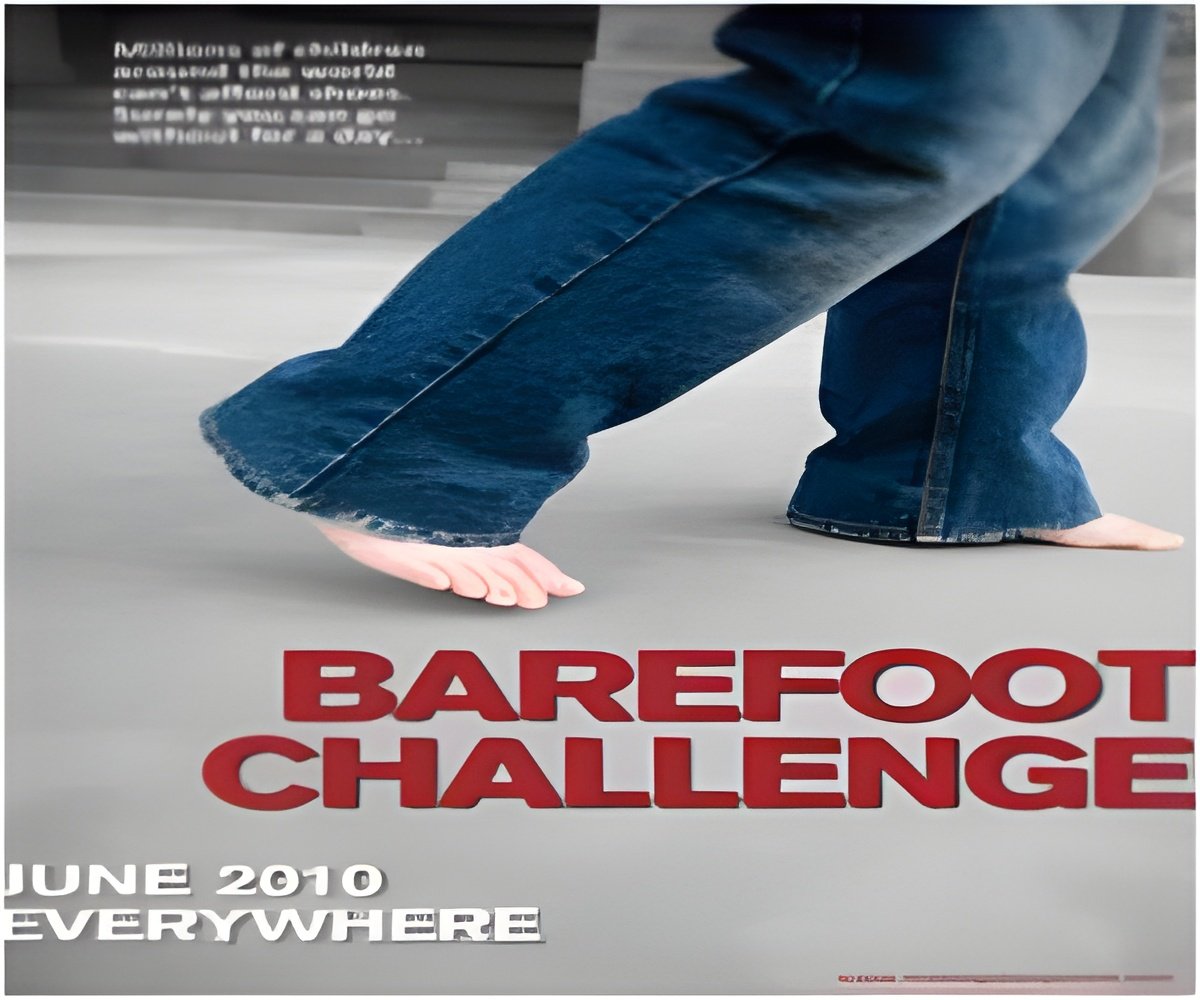Severe adult flat foot deformity that is becoming a frequent problem could be successfully treated by new surgery techniques developed at Hospital for Special Surgery.

"Before this study, we were not sure whether you could salvage patients with flat foot and ankle deformity and correct their ankle as well as their foot deformity. Now we know that with this technique you can save the ankle, and it provides a correction of the deformity even at nine years after surgery," said Dr. Jonathan Deland, chief of the Department of Foot and Ankle Surgery at HSS.
Adult acquired flat foot deformity is basically a severe type of flat foot that develops for unknown reasons in individuals who have had flat feet all their life.
In the most severe stage, stage IV, the ankle starts tilting and is at risk of developing arthritis as a result of the deformity.
"These people have tremendous flat foot to the point that their ankle is involved," said Dr. Scott Ellis, first author of the study.
In these people, the extreme flat foot has injured the deltoid ligament, a strong, flat triangular ligament that is located on the inside of the ankle that provides support to prevent the ankle from over pronating.
Advertisement
In the new surgery for stage IV deformity developed at HSS, surgeons not only reconstruct the flat foot deformity, but they also reconstruct the deltoid ligament using a tendon that runs along the outside of the calf called the peroneus longus. A person can function without their peroneus longus.
In the study, HSS investigators conducted the new surgery in five patients, four men and one woman, and monitored the surgery's success.
The mean age was 67 years. Patients underwent X-rays that showed the surgery improved the alignment in the ankle and the effects were long-lasting.
"The X-rays showed the maintenance of the correction of the tilt. The alignment was still improved nine years later," said Ellis.
Patients had excellent mobility at eight to 10 years following the surgery and none of the patients had arthritis.
Ellis thinks the new surgery may be increasingly useful with stage IV flat foot deformity.
The study was presented at the annual meeting of the American Orthopaedic Foot and Ankle Society in National Harbor, Md.
Source-ANI











